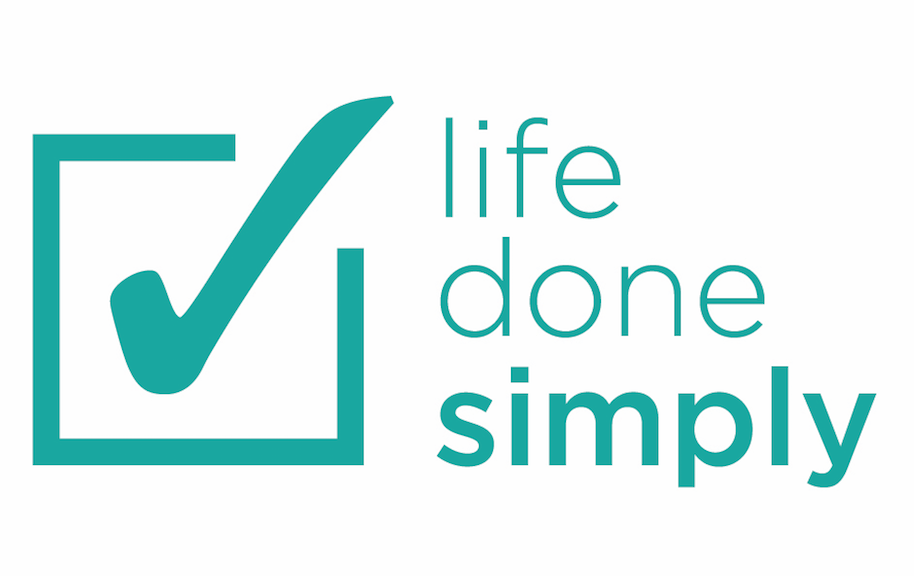Stop collecting and start curating!
/Does this sound familiar?
“I have been receiving [insert item] over many years from [insert family member], which I appreciate, but the collection is getting out of control and I don’t know how to tell them I don’t want or need any more.”
Of course it does. The urge to collect unusual and fascinating objects is as old as mankind. Purchasing and gifting collectibles has become a big business. In 2016, IBIS World published a market research report that showed online antiques and collectible sales had risen to $1 billion dollars and was expected to keep growing over the following 5 years. The spike in online shopping has made it much easier to participate in collecting, and has made it much easier for it to become a burden on us.
So what do you do when your collection, whether it be 4 items or 200 items, no longer adds value to your life and becomes a burden?
1. Stop collecting. If you're experiencing stress related to your collection, it is unlikely you will continue to add to it. But to some of your family & friends, your collection has become a part of your identity. It has been a way that they can bond with you through gift giving. You will need to create new gift giving expectations with them. You will also need to patient. Let them know long in advance of the next gift giving holiday that you have hit a wall with your collection. Depending on who you're speaking with, it may not be easy. You might start the conversation this way:
"I really appreciate all of the [insert item] you’ve given me over the years. It has been a lot of fun collecting them. Recently I’ve been thinking about my home differently and I’ve decided that I’m going to try to reduce the number of [insert item], so I can focus on creating space for [insert hobby/interest].”
2. Start curating. Carefully select and display the items from your collection that you enjoy the most. Not what you THINK you should enjoy, but what you ACTUALLY enjoy. If it's not adding value to your life, let it go. If you wouldn't proudly display it, let it go. It helps to think hypothetically. If your home were to be subject to a flood or fire, which items would you be devastated to lose?
3. Release the guilt. Collections are deeply sentimental for both the giver and the receiver. It is likely that you have items that were given to you by someone who is no longer with you. It can be very difficult to let those items go, even if they create a tremendous burden. Remember that the memories are not in the object, then let go.
4. Think and Use outside of the box. In most cases, keeping your collectibles tightly wrapped behind glass doors is not going to bring them more value (there are obvious exceptions to this). What good is grandma's fine china if it just sits at the bottom of your hutch. Get to using or displaying your collections, even if you have to think outside of the box. TIP: Pinterest is full ideas that will help you find new life in your collections.
5. Learn to let go, piece by piece. It is unlikely that someone will find value in your collection the same way you did. Try to be understanding and start to think of ways you can share or monetize your collection now, even if it's just one piece at a time. Your stack of Beanie Babies may no longer be worth what they once were, but just one of them might mean the world to someone else.
Your home should always be a current representation of who you are. Just because something made you happy in the past doesn't mean you have to keep it forever. And remember, If you don’t own it, you don’t have to dust it!
Aimee Olson of Life Done Simply is a member of the National Association of Productivity & Organizing Professionals (NAPO)



